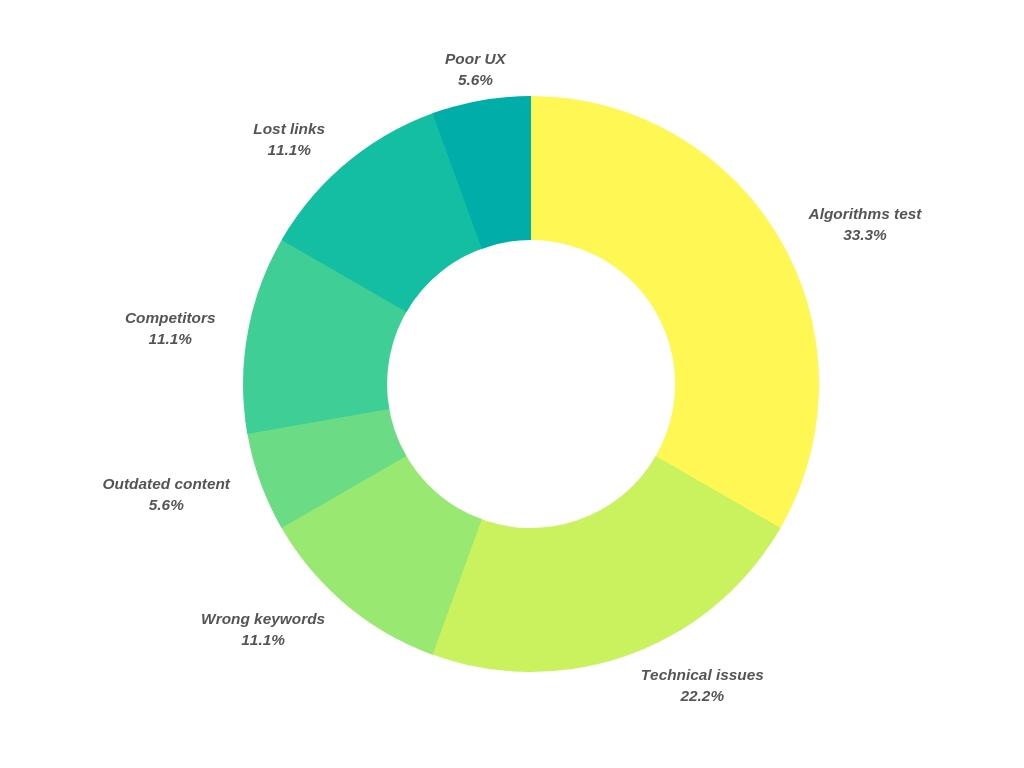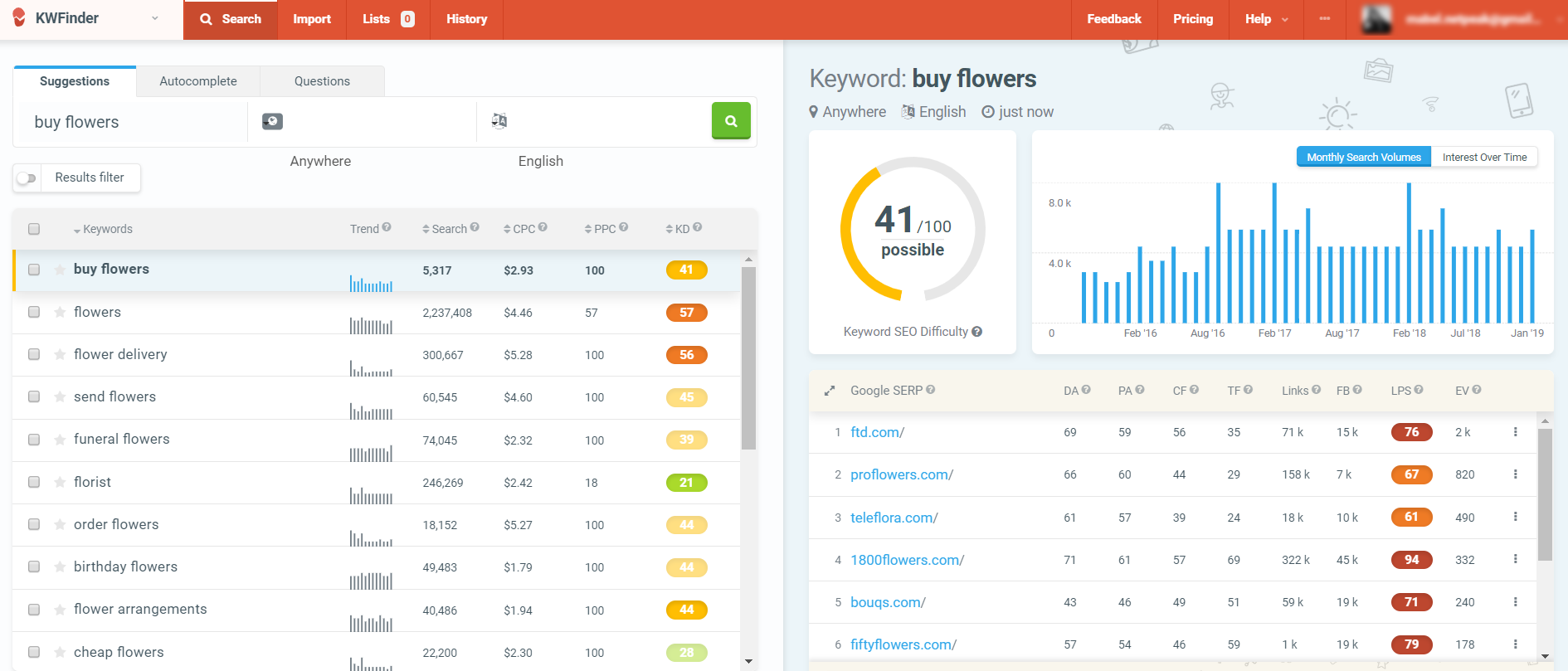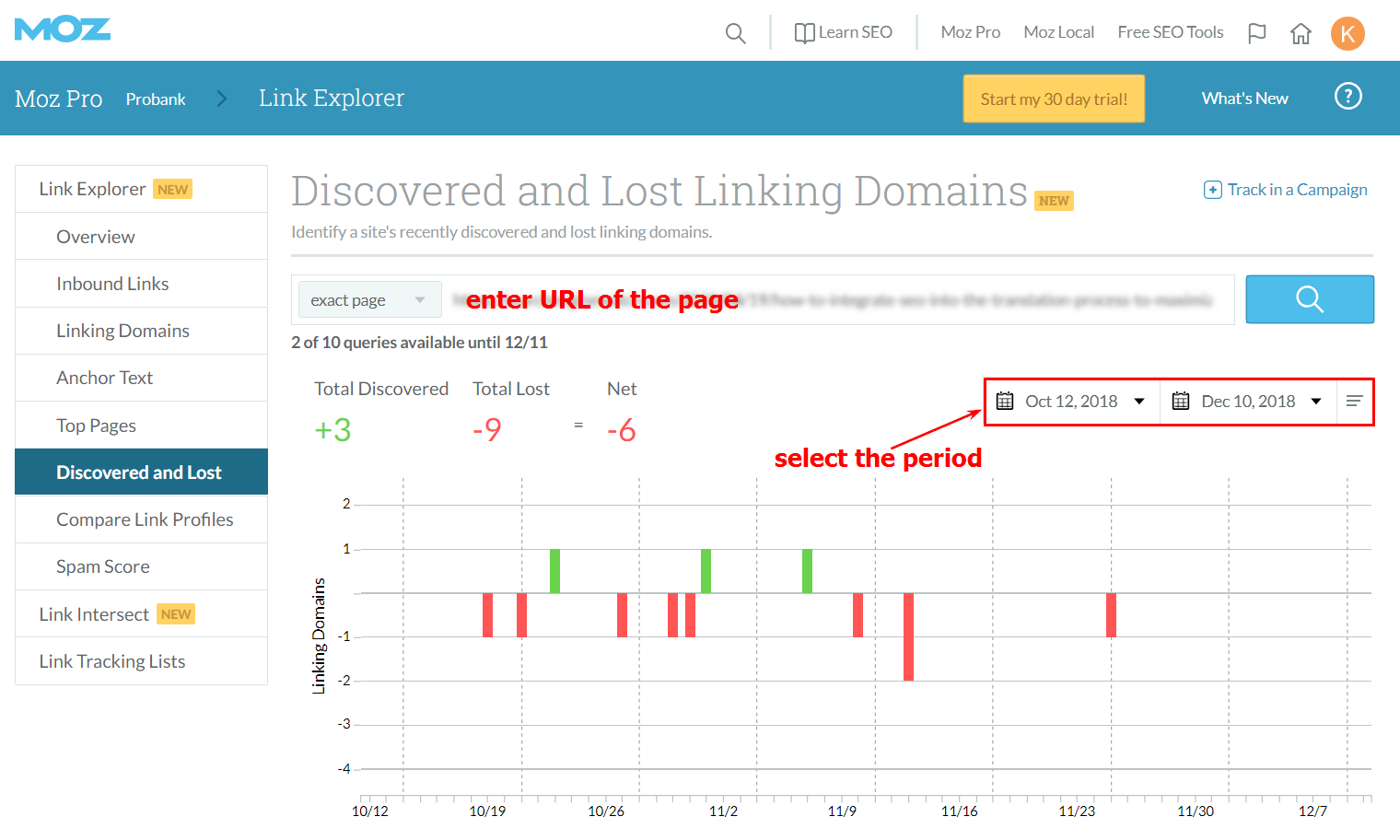Customers know what brands have the capabilities to do, and they want brands to speak to them on a more personal level in their marketing messages. Now, people don’t just like seeing tailored emails – they’re beginning to expect it. That’s why personalization is one of the most effective ways to improve email conversions, but only if executed properly.
So how do you leverage customer data in your emails beyond just including their name in the subject line or sending them a product they’ve already looked at on your site? I spoke with Sterling Crain, Art Director at Yes Marketing, to learn how marketers should get more creative with the use of customer data in their email creative.
The easiest way to impress subscribers with personalization techniques is by using first-party data you already have, like loyalty program information, location and name. Here are three creative ways to use customer data to personalize email messages.
Display loyalty progress with status bars
Your loyalty program should always inform your email marketing strategy, especially since it’s an efficient way to continue gaining information about your customers. One way to excite customers about your loyalty program is to highlight their progress toward new rewards or loyalty tiers with status bar visuals.
Status bars display each member’s current activity and history along with a clear call to action for how to earn more points or rewards. Mixing in the different earning opportunities is a good way to create a rotation and add a little bit of variety. Additionally, make the path to access account information or purchase from email as seamless as possible so customers can easily accrue more points. For the biggest impact, make this the second or third module of each email.
Progress status bars also present opportunities to use data to promote personalized rewards for each customer. Rather than providing generic offers (e.g., a discount or free shipping) for everyone, spice up it up for your most loyal customers and tailor your offerings based on each shopper’s loyalty status. For example, if a customer needs to spend a certain amount to reach the next level, suggest items you know she’ll like (based on her purchase history) within the price range needed.
Integrate location-based data
If you have a brick-and-mortar store, use customer location data to strengthen shoppers’ connections with their local stores. Display the nearest location and hours to each customer based on email open time.
Beyond that, highlight events at your customers’ local stores (like Lululemon’s free yoga classes) to encourage customers actually to walk into your location. Local staff stories, brand partnerships and more can create a better sense of community and encourage purchases – both in stores and online. Sweeten the deal with local offers they can redeem in stores.
Not a brick and mortar? Use the local data to ingest fun or pertinent information in your email. Display brand relevant news, location facts, upcoming events, or weather as a way to speak to the subscriber’s surroundings.
Go beyond basic name personalization
Dale Carnegie once wrote, “A person’s name is to him or her the sweetest and most important sound in any language,” and this still rings true today. However, using name personalization in headlines and body copy is table stakes. Use subscribers’ first names within imagery to create a deeper connection to your products.
For example, a brand that offers the ability to monogram or personalize items might include the subscribers’ name within the image of the item promoted in the email. Consider a shoe company like Nike or Allbirds. A shopper who sees an image of shoes embroidered with her name might be more inclined to click through to browse or purchase the product than if she received images that included generic names. Or, a travel or entertainment company could show the subscriber’s name on an image of a ticket.
Looking to add more to your personalization repertoire? Consider new ways to collect data
If you’re in a slump with using basic customer data like name and location, consider going above and beyond to collect even more information about your subscribers. Use preference centers or gamification to get your customers to open up.
Preference centers
Everyone loves to talk about themselves – especially customers. Rather than guess at what your customers want based on activity alone, ask what they are interested in, what they love about your brand and what they want to hear from you. This is especially beneficial at the beginning of the customer relationship since you might know little about the customer other than his or her most recent browse behavior. For example, if a customer bought baby clothes as a gift, he or she probably doesn’t want to be targeted with children’s items all year long, but you might not know that unless you ask.
By driving customers to a preference center early in the relationship, you can provide an opportunity to show you’re listening to fine tune your data points and glean valuable zero-party insights so that you’re targeting them with the most effective content moving forward. Ask them about style preferences, hobbies, relevant product categories and more. The most effective preference centers even ask customers if they have children, spouses or other people they typically shop for.
Incentives and gamification
For inactive subscribers or those who are not as willing to share their interests and other information, encourage them to open up by interacting with them in fun ways. Some brands are finding success with incentives and gamification.
For example, a hospitality brand could incentivize subscribers to take a survey about their next vacation by offering a price for a free flight. Or a clothing retailer could ask subscribers to take a Buzzfeed-like survey about current trends in exchange for a percent off their next purchase. Going above and beyond, an athletic brand could allow customers to track miles ran against others and collect and redeem points. Or maybe a retailer could develop exclusive horoscopes for customers after collecting birthday information (that could be used to personalize email messages later on).
There’s no excuse in 2019 to send generic emails to all of your customers. Your subscriber’s lifestyle, interests and preferences are diverse, and they deserve to be treated as such. Continue to think creatively and use customer data to strengthen your emails and maximize engagement.
Opinions expressed in this article are those of the guest author and not necessarily Marketing Land. Staff authors are listed here.











































